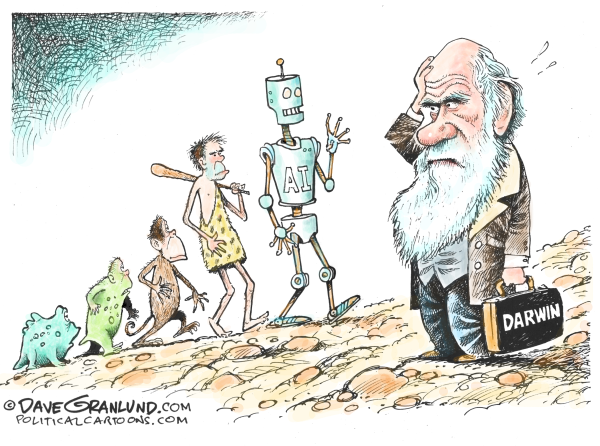
Facebook, Instagram, Twitter, Whatsapp.. built their paved, unshaded, barren hellscapes, trapped us in them, and surrounded us with guard towers and razor wire, intended to keep us imprisoned, not to protect us from anyone else. Its encrypted techno-fascism, no AI garden reels here. We were just sitting in the water not realizing its getting hotter everyday.
Few years back, Internet was a connected web of message boards and personal websites, when being online meant owning your piece of the web, carving it out yourself, maintaining it, giving a damn about it. It was the age of truly sovereign digital identity and content, built on a direct connection between creators and audiences, who found and fell in love with each other on their terms.
HTML, CSS, PHP, Java etc were almost democratizing forces, giving many generations of people the tools they needed to stake their claims and plant their flags in the ground. A personal website is a statement of intent, a manifesto, a portfolio, a piece of digital architecture you could be damn proud of.
Why and how the system changed?
Social networks came with the seductive bullshit, promised easier publishing. Running a website is too hard, they told us (it’s not), it’s too expensive (it wasn’t), and finding an audience is impossible (never true). In the world they promised us, backed up by a credulous media that breathlessly and unquestioningly reported on deep state’s panopticon visions, we could replace our websites with their tools and thrive. By abandoning our properties for Facebook / Whasapp pages and channels, we could tap into a global audience with the potential to become household names on some fantasy gardens that would connect every human brain.
It was a vision they had to sell us at any cost. Why? Because the venture capitalists who funded these platforms – Facebook, Twitter, and their ilk – needed a return, one way or another. The path to that return was forced centralization, bringing in every creator and user and eliminating any other channel or option.
And once we’d bought into their platforms, they had to keep us hooked. How? Creating artificial barriers. Capturing our audience, convincing us there was no other way to reach them, and manipulating user behavior through dopamine mining, NLP Timelines and gambling techniques until they’d lose any motivation to leave and follow us anywhere else.
You can choose not to be part of such corrupt broken systems. You can choose modern personal website frameworks, own your piece of the Internet, and retreat these social networks as channels for use instead of pretending they are spaces you own. Before its too late, own a website designed, published and coded to be more usable for your people / audience. You can tap into direct monetization tech and build platform-independent audiences through email lists and websites / decentralized social media. And as much as we abhor the concept of the personal brand, we loathe it all the more now that it’s platform-dependent & entwined with brands of billion-dollar social media extractors.

Why you should have your own website?
Personal and SME websites matter now, more than ever – because we can see, clearly, with our own eyes, what happens when a handful of big companies control and own the medium and the message. It gets silenced, suppressed, and subtly reshaped without us. We get caught up in echo chambers, divided from each other, and force-fed content at the lowest common denominator.
Change to increase reach and conversion:
Personal or company websites optimized for all devices are also better for search engines as SE Bots and AI devices read code of your website to understand content. There is also great advantage if your software, hardware and cloud server service providers are fully based locally.
Personal Websites fulfill human rights and autonomy!
Digital accessibility is a human right recognized by the United Nations. The tech giants grew while creator economy platforms functioned as middlemen. Ad networks consolidated power, and data harvesting gave the platforms total control. Marketing campaigns and event managers had targeted and obsessively seduced independent creators and technocrats while the VC money helped to acquire, shut down or deprecate original creators, change leaders and agencies.
The big brand website bots and easy APIs were pitched as free, but now costing us everything and that cost keeps getting higher, too. It was “your friend book” and then it was “your data” and now it’s “your democracy”.. So how to own a website, detached from big brands and their anti-social spies? Hire a small digital agency (as small possible), mute branding hype of big daddies and their twisted tech-gimmickry {डंकापति के जयकार बंद करो}.
Predators are all over there in the digital land with its watch towers and guard dogs, and they’re writing petitions begging Mark E. Zuckermusk to please be not so evil, and so on. And when we tell them that they are welcome to visit smaller websites, blogs or join open platforms like SocialNet, they shrug their shoulders and act as if we had suggested something that is completely unrealistic.
Optimizing websites or blogs to be accessible and usable for every kind of user, are key items in website design and development plans. By meeting accessibility guidelines, you will not only be including a huge segment of the population into your target audience but will also be fueling much needed change.
Source: Read More or Book a Personal Website Domain